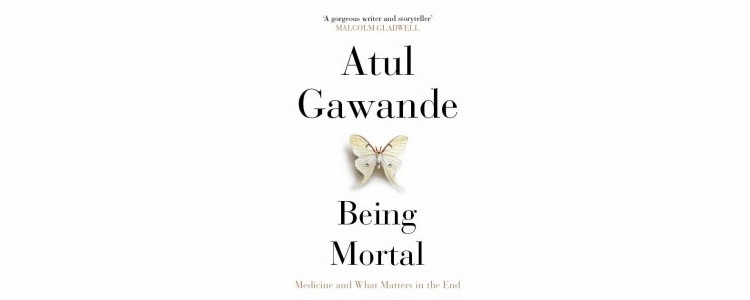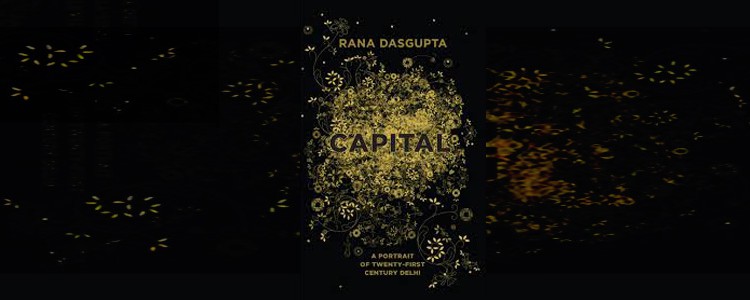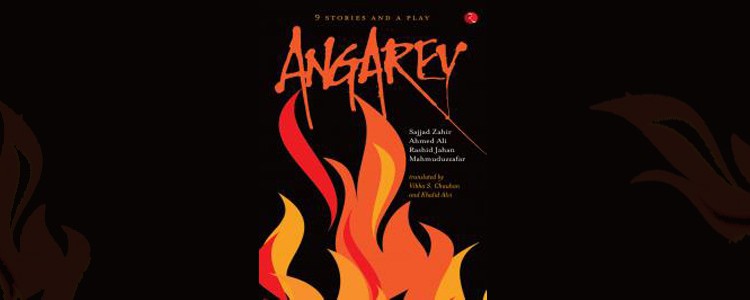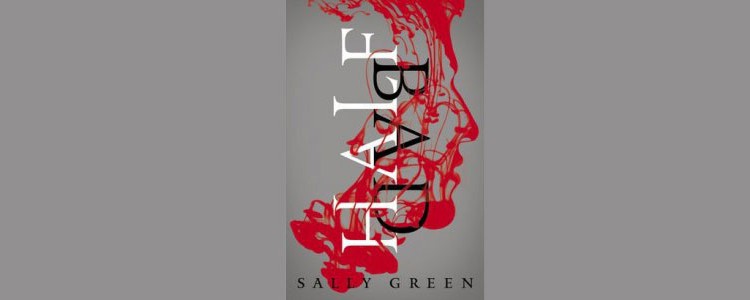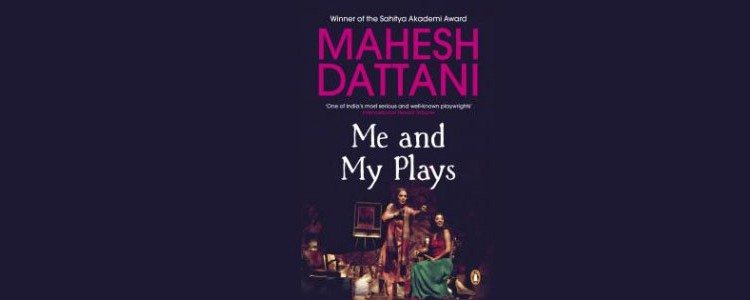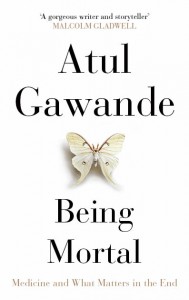 If we shift as we age towards appreciating everyday pleasures and relationships rather than towards achieving, having, and getting, and if we find this more fulfilling, then why do we take so long to do it? Why do we wait until we’re told? The common view was that these lessons are hard to learn. Living is a kind of skill. The calm and wisdom of old age are achieved over time. ( p.95)
If we shift as we age towards appreciating everyday pleasures and relationships rather than towards achieving, having, and getting, and if we find this more fulfilling, then why do we take so long to do it? Why do we wait until we’re told? The common view was that these lessons are hard to learn. Living is a kind of skill. The calm and wisdom of old age are achieved over time. ( p.95)
…Three Plagues of nursing home existence: boredom, loneliness, and helplessness. (p.116)
Reading award-winning writer and practicing general surgeon Atul Gawande’s Being Mortal was such a cherished reading experience. His basic premise is that the conversation with people who are severely ill, with slim chances of recovery is one of the most difficult tasks a medical practitioner has. His insights into caregiving, an analysis of the US healthcare system, assisted living and an understanding of the Indian family social structure offering support similar to hospice care abroad are sharp. For instance something that is often noticed in practice, but rarely uttered is how many daughters look after their ageing parents. Yet the mantra in society, at least in India is, a son is important to have since he will care for you in your old age. Whereas Atul Gawande points out quite rightly too, “your chances of avoiding the nursing homes are directly related to the number of children you have, and, …having at least one daughter seems to be crucial to the amount of help you will receive.” I marked the book extensively and scribbled comments since it resonated with me. Having been a caregiver for my ailing grandfather, familiar with the excruciating conversations about enemas, maintained a funeral notebook where he had detailed the arrangements and been responsible for telling my surviving grandparents that their spouse had died, Being Mortal is a godsend. Atul Gawande’s perceptive observations about caregiving, mortality, longevity, quality of life as opposed to honouring the Hippocratic oath echo conversations heard often amongst caregivers. There is much, much more to read and discover in this book. Read it. Buy it.
Atul Gawande Being Mortal: Medicine and What Matters in the End Hamish Hamilton, an imprint of Penguin Books, New Delhi, 2014. Hb. pp. 282. Rs. 599
12 Nov 2014

